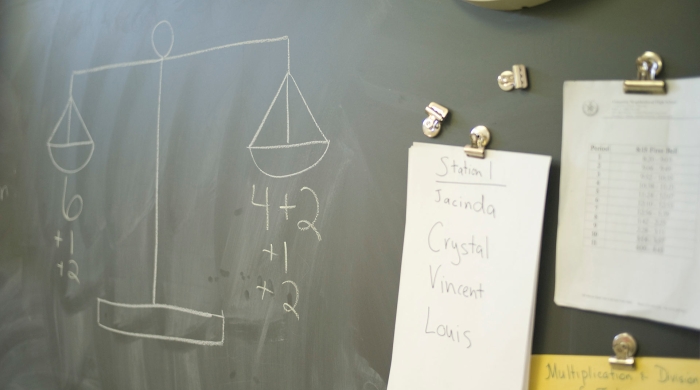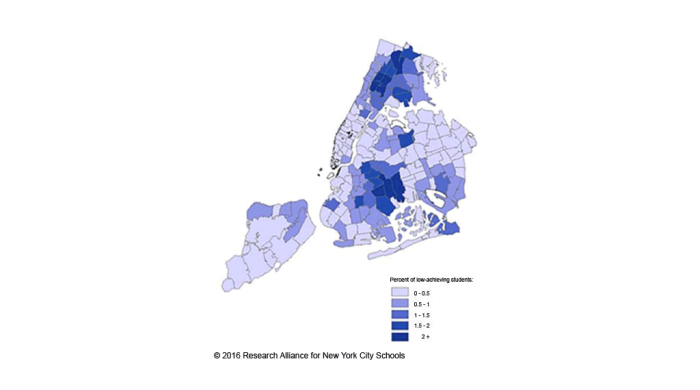
About High School Choice
In recent years, policymakers across the country have instituted school choice policies, which aim to increase equity and narrow achievement gaps by offering students access to a wide range of schools, including schools outside their home neighborhood. The theory behind these policies is that students will gravitate toward higher-quality schools and schools that better meet their individual needs, leading to a higher-quality education for more students. In turn, the choice process is intended to motivate schools to improve so that they can continue to attract prospective students.
The NYC Department of Education established a new system of high school choice in 2004. The system requires 8th graders to submit a list of up to 12 high schools that they would like to attend. The DOE then matches each student with a school, based on the student’s preferences and other criteria (depending on a particular school’s admission method).
About Our Study
For NYC’s high school choice policy to meet its goals, the system must work for all students—including the most vulnerable. The Research Alliance studied the school choices and placements of one group of at-risk students—those who scored among the bottom 20 percent on the state’s math and English tests in 7th grade.
Specifically, our study examined:
- What type of high schools do these low-achieving students apply to?
- What type of high schools do they end up attending?
- How did these school choices and placements compare to those of their higher-achieving peers?
- How have these school choices and placements changed over time?
Our analyses shed light on notable differences between the schools chosen and attended by low-achieving students and those of their higher-achieving peers. Our report, High School Choice in New York City, details these findings and outlines important questions they raise for policymakers, educators and researchers.
Supported through the New York Community Trust.
Related Publications
High School Choice in NYC
The New York City Department of Education’s recent efforts to improve high schools have in large part depended on a policy of choice, which enables families to select a school that they believe will best meet their child’s needs. This report examines the high school choices and placements of New York City’s lowest-achieving students, and assesses how these schools compare to those of their high-achieving peers. (2013)
How Does Concentrated Poverty Intersect with High School Choices?
This post shows the concentration of low-achieving 8th graders in specific, high-poverty areas of the City, and considers the implications for high school choice.
How Far Do NYC Students Travel to Get to School?
This Spotlight post uses geographic student and school location data to estimate commuting times for NYC’s elementary, middle, and high school students.




